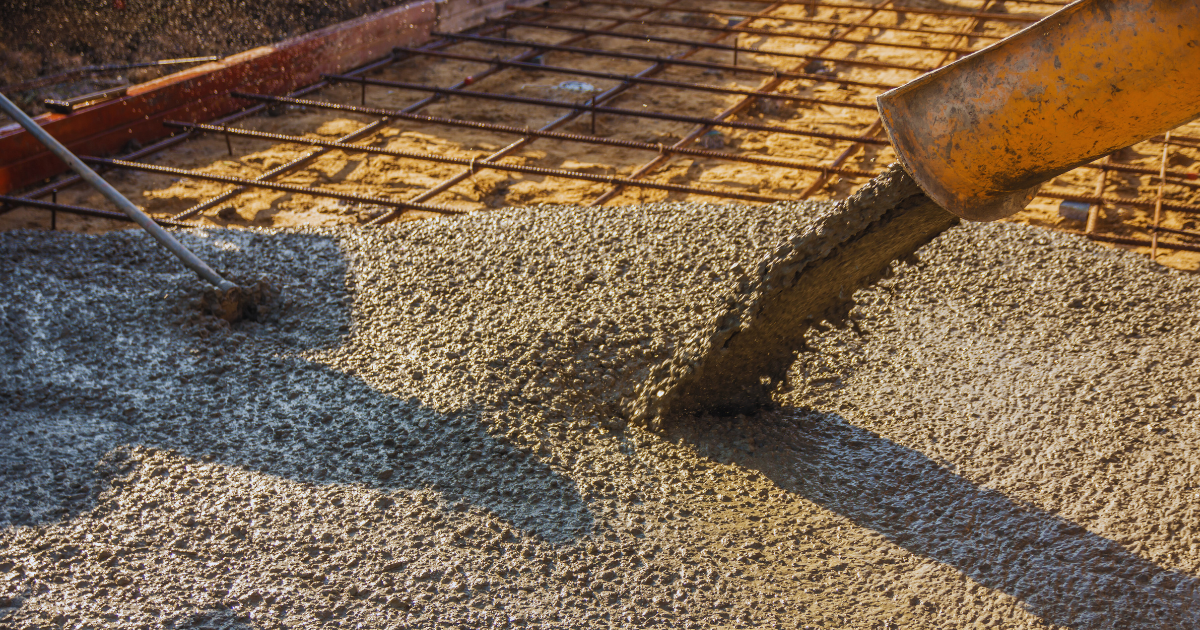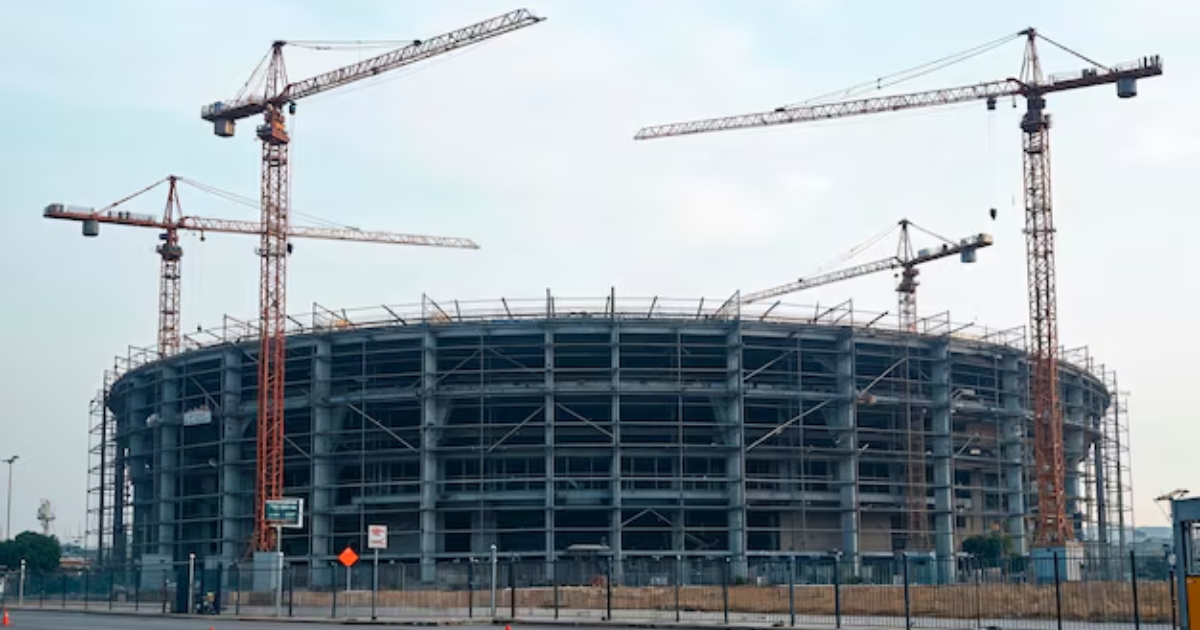Ready-mix concrete delivery plays a crucial role in construction projects, providing high-quality concrete to the site in a timely and efficient manner. However, despite its convenience and reliability, the delivery process can face several challenges that can impact the quality of the concrete, the efficiency of the project, and overall costs. Understanding these challenges is essential for contractors and project managers to mitigate potential issues and ensure that the concrete delivered meets the necessary standards. In this blog, we’ll explore some of the common challenges in ready-mix concrete delivery and offer practical solutions to overcome them.
1. Traffic Delays and Delivery Timeliness
One of the most common issues faced during ready-mix concrete delivery is traffic delays. Construction sites are often located in urban areas where traffic congestion is high, or in remote locations where road conditions may not be ideal. Delays in delivery can affect the work schedule and, more importantly, the quality of the concrete. Concrete has a specific timeframe within which it must be poured after being mixed; any delays can lead to it losing its consistency, workability, and strength.
Solution: To overcome this challenge, advanced planning and coordination are essential. It’s important to account for potential traffic delays when scheduling deliveries. GPS tracking systems, which are commonly used by many ready-mix concrete suppliers, provide real-time updates on the location of the delivery truck. This allows project managers to adjust the schedule accordingly. Additionally, using multiple delivery points or adjusting the mix design to extend the workable life of the concrete (using retarders) can help ensure the concrete remains in good condition during transit.
2. Weather Conditions
Weather can significantly impact ready-mix concrete delivery and the overall quality of the concrete. In extreme temperatures, whether hot or cold, concrete can face issues such as setting too quickly, freezing, or not achieving the desired strength. Rain is another factor that can compromise the delivery and application of concrete, as excess water can dilute the mix and affect its properties.
Solution: To mitigate weather-related challenges, it’s essential to monitor weather forecasts closely and plan deliveries around favorable conditions whenever possible. For deliveries in hot weather, ice can be added to the mix to control the temperature, and shaded areas can be created for the concrete pour. In cold weather, the concrete can be heated or mixed with special additives to prevent freezing. Weather-resistant covers should also be used to protect the concrete if rain is expected.
3. Inconsistent Mixes and Quality Control
Another challenge in ready-mix concrete delivery is maintaining consistency in the mix. A uniform and consistent mix is critical to ensuring the strength and durability of the concrete. Variations in the water-cement ratio, mixing time, or the addition of other materials can lead to poor-quality concrete that may not meet the required standards for the project. Quality control is essential during the entire process, from batching to delivery.
Solution: To ensure consistency in ready-mix concrete delivery, it’s important to work with reputable suppliers who have a strong quality control process in place. Many suppliers conduct tests on-site or in their laboratories to verify the mix’s quality before delivery. Additionally, having mobile testing vans available during the delivery process can allow for immediate quality assurance, ensuring that any inconsistencies are addressed before the concrete is poured.
4. Distance Between the Batch Plant and the Construction Site
The distance between the batch plant and the construction site is a significant factor in the quality of ready-mix concrete delivery. If the distance is too great, the concrete may begin to set before it arrives at the site, leading to a loss in workability. This can also increase the risk of adding too much water to rehydrate the mix, which can weaken the overall structure.
Solution: To overcome this issue, it’s important to work with a supplier who has multiple batch plants located near the construction site. This reduces the travel time and ensures that the concrete arrives fresh and ready to use. Alternatively, if the distance is unavoidable, using a special mix design that includes retarders can slow down the setting time, giving the concrete a longer workability window.
5. On-Site Delays and Scheduling Conflicts
Even if the ready-mix concrete delivery arrives on time, on-site delays can cause problems. If the construction crew isn’t ready to pour the concrete upon its arrival, the mix can sit in the truck for too long, leading to a loss of workability. Scheduling conflicts, lack of manpower, or equipment issues on-site can all contribute to delays that affect the concrete’s performance.
Solution: To avoid on-site delays, it’s essential to have a well-coordinated plan in place that ensures the crew is ready for the concrete delivery. Communication between the supplier and the site manager is key to ensuring smooth delivery. Having contingency plans, such as backup equipment or additional crew members, can help prevent unexpected delays from impacting the project. Additionally, the site should be prepared in advance, with all necessary tools and machinery in place before the ready-mix concrete delivery arrives.
6. Concrete Segregation During Transit
Concrete segregation occurs when the heavier particles (aggregates) separate from the cement paste during transit, leading to an uneven mix. This can result in poor-quality concrete that lacks the necessary strength and durability for the project. Segregation often happens when the truck’s drum is not rotated properly or when the travel time is too long, causing the mix to settle.
Solution: To prevent segregation during ready-mix concrete delivery, the truck drum should be rotated continuously at a slow speed during transit to keep the mix evenly distributed. It’s also important to ensure that the mix design is suitable for longer travel times, especially for projects located farther from the batch plant. Regular inspection and maintenance of the delivery trucks can also help minimize issues related to improper rotation and ensure a consistent mix upon arrival.
7. Lack of Communication Between Supplier and Contractor
Miscommunication between the concrete supplier and the contractor can lead to delivery issues, including incorrect quantities, late deliveries, or misunderstandings about the type of mix required. This can cause delays, waste materials, and increase project costs.
Solution: Clear and continuous communication between the supplier and the contractor is critical to the success of ready-mix concrete delivery. Before the project begins, both parties should agree on the mix design, quantity, and delivery schedule. Regular check-ins and updates throughout the project can help address any issues before they escalate, ensuring a smooth and timely delivery process.
8. Pumpability Issues
For construction projects that require pumping concrete to higher floors or hard-to-reach areas, pumpability is a significant concern. If the concrete mix isn’t designed for pumping, it can lead to blockages or difficulties in maintaining the concrete’s flow, resulting in delays and wasted materials.
Solution: To overcome pumpability issues during ready-mix concrete delivery, the mix should be specifically designed for pumping. This often involves adjusting the water-cement ratio and using special additives to improve the flow of the concrete. Collaborating with the supplier to ensure that the mix is suitable for the project’s specific pumping requirements is essential.
Conclusion
While ready-mix concrete delivery is a convenient and reliable method for supplying concrete to construction sites, it is not without its challenges. From traffic delays to inconsistent mixes, there are several factors that can impact the quality and efficiency of the delivery process. However, with careful planning, communication, and the use of advanced technologies such as GPS tracking and mobile testing vans, many of these challenges can be overcome.
By addressing these issues proactively, contractors can ensure that the concrete delivered meets the necessary standards and contributes to the success of the project. Partnering with a reputable ready-mix concrete supplier who understands these challenges and provides effective solutions is key to delivering high-quality concrete on time and on budget.







